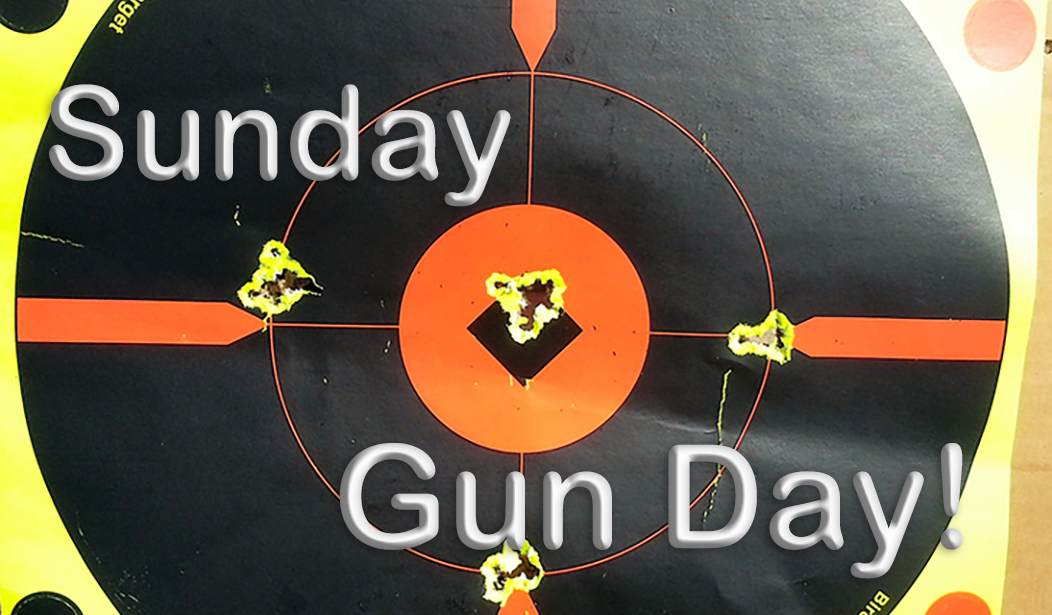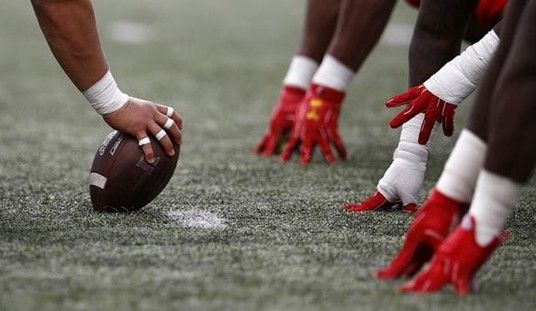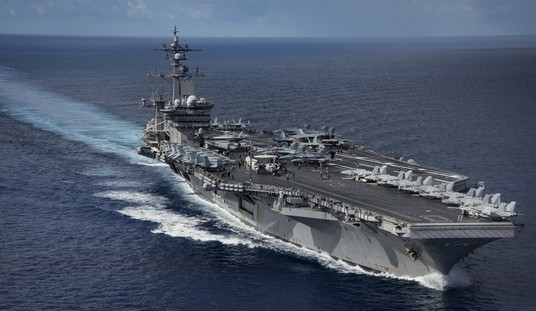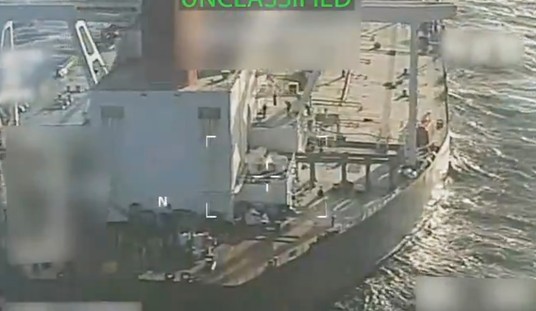The Amazing .44 AutoMag
Some guns aren’t necessarily practical, but they are so unique, charismatic, beloved of popular culture, and widely recognized that they earn their fame in spite of not having any real everyday use.
One such pistol is the famous original .44 AutoMag pistol. A big, brutal, stainless-steel beast of a gun, the AutoMag used special ammo – the .44 AutoMag Pistol, or .44 AMP – required a special lubricant for its stainless-steel frame, and while it became widely known, of the original guns, relatively few were made.
Note: I won’t go into the various other guns to have carried the AutoMag name for the moment. For the purposes of this piece, I’ll just talk about the big, brutal original.
So, let’s have a look at the story of this monster.
The Design
A guy named Harry Sanford cooked up the concept of the AutoMag in about 1958. He was thinking of a hunting handgun, a semi-auto with enough wallop to put down almost any North American big game at handgun ranges, say, out to a hundred yards. At this time, if you wanted a lot of wallop in a sidearm, you were limited to a revolver, but Harry Sanford wanted to change that. Sanford worked with a guy named Max Gera, and the two of them worked out all of the details well enough to start producing guns, advertising them as the “Aristocrat of Big Bore Handguns.”
The AutoMag is a beast, weighing in at 3 lb 9 oz, and came with either a 6.5” or 8.5” barrel. It was a unique design, a short-recoil-operated semi-auto with six locking lugs at the front of the bolt, similar to the locking system of the AR-pattern rifles. In other words, not something you would want to carry in a holster all day.
See Related: Sunday Gun Day XLVIII - Gun Leather for the Outdoors
It was fed by a 7-shot box magazine in the grip handle, adjustable sights, and a typically ‘70s looking ventilated rib on the barrel. The big pistol was made entirely of stainless steel, which was a bit unusual even then – most stainless steel guns still use carbon steel for many internal parts, as a completely stainless build can lead to galling issues unless special lubricants are used.
Ammo was a problem; rimmed revolver cartridges like the .44 Smith & Wesson Magnum don’t feed well in pistol magazines. A solution was at hand. Sanford and Geras discovered that if you cut down a .308 or .30-06 rifle case to the length of the .44 Magnum revolver cartridge, it would accept a .429 bullet and work very well. This was born the proprietary .44 AMP cartridge, later to be followed by a necked-down version, the .357 AMP.
There was one problem: The AutoMag was complex, probably over-engineered, and was very expensive to produce. That would eventually cause the company problems.
The Guns
Sanford and Gera started selling guns in 1970 after setting up a factory in Pasadena, California. (Whether any little old ladies were involved is not known.) In that year, they sold the AutoMags for the princely sum of $217.50, which would be about $1,780 in 2025 dollars. Pricey, but not impossibly so; certainly not up there with something like a Holland & Holland double rifle and within the reach of many older shooters who have had a few years to build up their bank balances. The guns were initially sold in the .44 AMP, but later, a necked-down version was introduced, called the .357 AMP. There are reports of a .41 AMP, but I’ve never been able to confirm that this round was ever made. There were some wildcat rounds that the AutoMag was rumored to be adapted for, including the .475 AutoMag, although these guns, if indeed any were actually made, are as rare as honest politicians.
The problem was that the Auto Mag Corporation was losing money on every gun they sold. Sanford and Gera shipped their first pistol on August 8th, 1971, and declared bankruptcy on May 3rd, 1972, after making under 2,000 pistols.
See Related: Sunday Gun Day Vol. II Ep. VII - Monster Handguns: Why?
Following the bankruptcy, Sanford and Gera tried again, and again, re-opening and closing again from 1973 through 1982, while guns were made under such names as Arcadia Machine & Tool (AMT), Trade Deed Estates, and even Thomas Oil Company. Under those names, about 6,000 more of the original AutoMags were sold until they finally gave the effort up in 1982. Sanford continued selling parts for the AutoMags until he died in 1999.
But a big, flashy thing like the AutoMag will always find a niche. The AutoMag showed up in a lot of the popular culture of the day, from the famous Don Pendleton “The Executioner” Mack Bolan novels to the big screen, where it was revealed to be Dirty Harry’s second-favorite sidearm. That’s not surprising; any gun as big, flashy, and charismatic as this is bound to draw the attention of dramatists of all kinds.
Now that's a celebrity endorsement.What Happened?
The problem with the original AutoMag was that it cost quite a bit more to make than the company could sell them for. Estimates run as high as a thousand dollars lost for every gun the company sold; Sanford and Gera originally hoped that the big pistols would become popular enough for the economy of scale to kick in, but that never happened.
Arcadia Machine & Tool (AMT) did seize on the name, and made several other, more successful sidearms under the name AutoMag, including the AutoMag II in .22 WMR, the AutoMag III in .30 Carbine, the AutoMag IV in .45 Winchester Magnum – that cartridge was a short-lived, lengthened version of the .45 ACP – and the AutoMag V in .50 Action Express, which as a big honkin’ pistol cartridge even surpasses the original .44 AMP.
But here’s the thing: You can now buy a brand-new .44 AutoMag. Yep. They’re pricey – starting at $4,295 – but this isn’t an ordinary pistol. It’s an extraordinary piece for an extraordinary shooter, or, at least, for a shooter who wants to look extraordinary and to gather a crowd on range day. There’s certainly nothing wrong with that.
The original .44 AutoMag was a unique piece. It has a sort of spiritual successor in the big, beefy Magnum Research Desert Eagle, which was engineered to shoot more widely available rimmed revolver cartridges, like the .357, .41, and .44 Magnums, in addition to the thumping .50 Action Express. But the AutoMag was the original of its kind – and if it’s enough for Dirty Harry, it should be enough for anyone.















